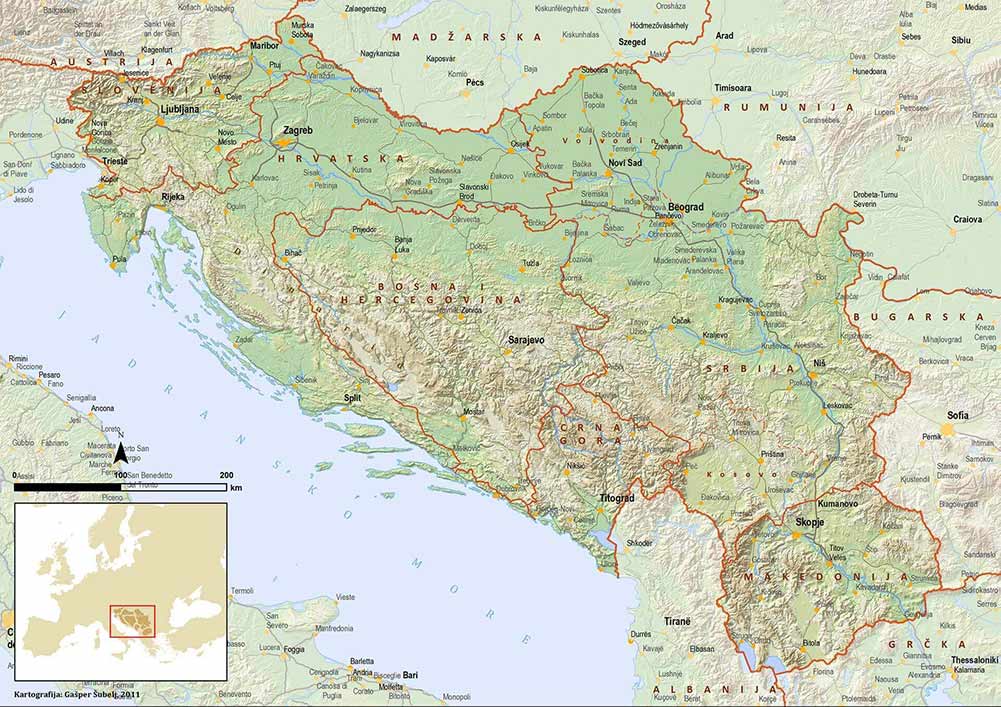The Socialist Federal Republic of Yugoslavia (SFRY) was a federation of six republics that existed from 1945 to 1992. The six Yugoslavia Countries were Bosnia and Herzegovina, Croatia, Macedonia, Montenegro, Serbia, and Slovenia. The SFRY was a self-proclaimed socialist state and a non-aligned country, meaning it was not part of either the Western Bloc or the Eastern Bloc during the Cold War.
The SFRY was created in the aftermath of World War II when the Communist Party of Yugoslavia (KPJ) led by Josip Broz Tito came to power. The KPJ had fought against the Axis powers during the war, and it emerged as the dominant political force in Yugoslavia. The SFRY was a federal state, with each republic having its government and constitution. However, the federal government had significant powers, including control over the military, foreign policy, and the economy.
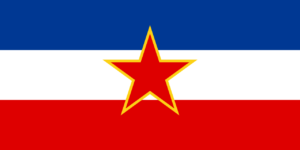
The SFRY was a relatively stable and prosperous country for its first few decades. However, in the 1980s, the country began to experience economic and political problems. These problems led to the rise of nationalism in the republics, and eventually to the breakup of the SFRY in 1992.
The Yugoslavia Countries
Bosnia and Herzegovina
Capital city: Sarajevo
Area: 51,197 km²
Population: around 3.3 million
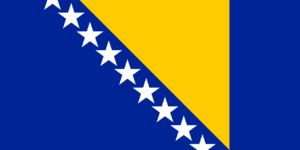
Brief historical overview: Bosnia and Herzegovina has a long and complex history, dating back to the Middle Ages. The country was ruled by the Ottoman Empire for centuries, and it was later part of the Austro-Hungarian Empire. After World War I, Bosnia and Herzegovina became part of the Kingdom of Yugoslavia. After World War II, Bosnia and Herzegovina became a republic within the SFRY. In 1992, Bosnia and Herzegovina declared independence from the SFRY. The country then descended into a bloody civil war that lasted for three years. The war ended in 1995 with the signing of the Dayton Agreement. Today, Bosnia and Herzegovina is a federal state composed of two entities: the Federation of Bosnia and Herzegovina and the Republika Srpska.
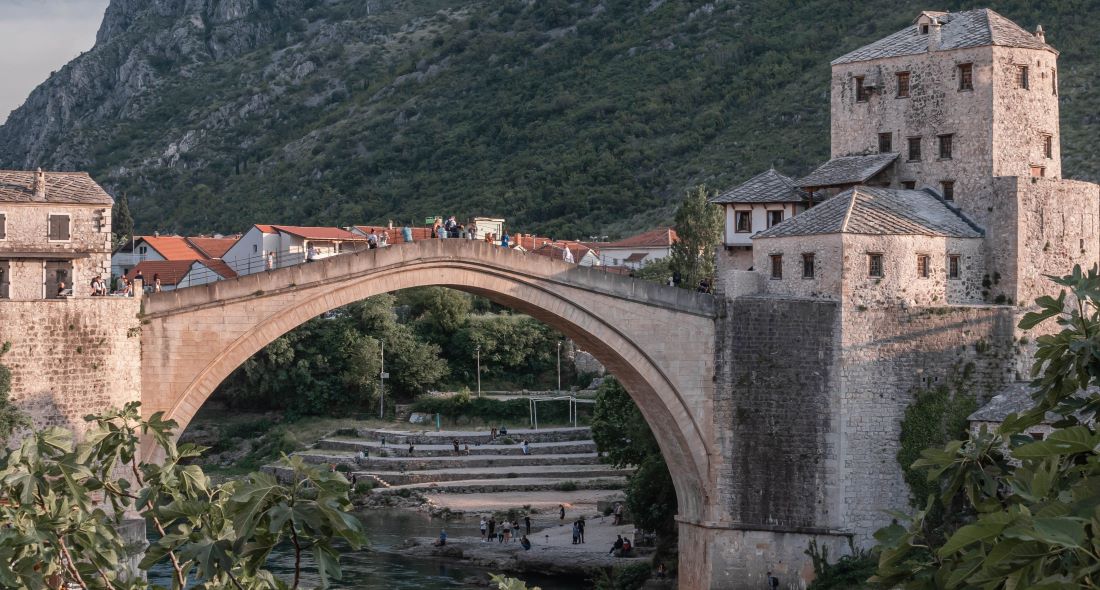
Unique aspects: Bosnia and Herzegovina is known for its beautiful natural scenery, its rich cultural heritage, and its diverse population. The country is home to several UNESCO World Heritage Sites, including the Old Bridge Area of the Old City of Mostar and the Mehmed Paša Sokolović Bridge in Višegrad.
Croatia
Capital city: Zagreb
Area: 56,594 km²
Population: around 4 million

Brief historical overview: Croatia has a long and rich history, dating back to the Middle Ages. The country was ruled by the Kingdom of Hungary for centuries, and it was later part of the Austro-Hungarian Empire. After World War I, Croatia became part of the Kingdom of Yugoslavia. After World War II, Croatia became a republic within the SFRY. In 1991, Croatia declared independence from the SFRY. The country then fought a war of independence against the Yugoslav People’s Army (JNA) that lasted for four years. The war ended in 1995 with the signing of the Dayton Agreement. Today, Croatia is a member of the European Union and NATO.
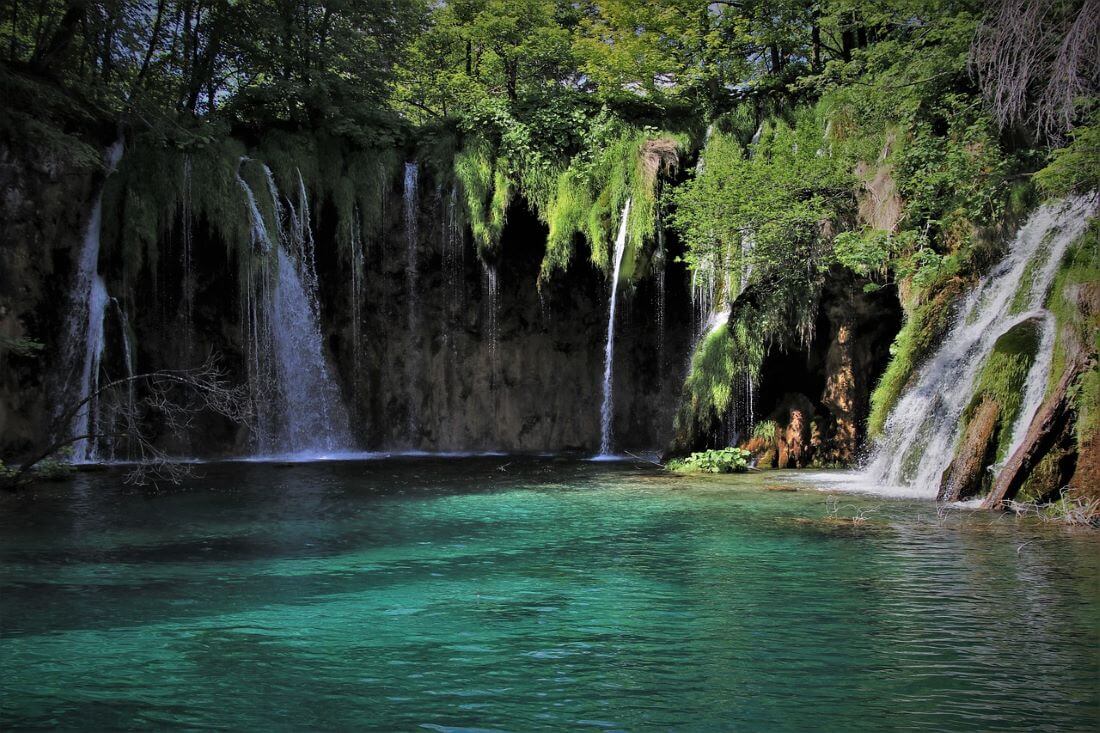
Unique aspects: Croatia is known for its stunning Adriatic coastline, its charming medieval towns, and its vibrant culture. The country is home to several UNESCO World Heritage Sites, including the Old Town of Dubrovnik and the Plitvice Lakes National Park.
Macedonia (North Macedonia)
Capital city: Skopje
Area: 25,713 km²
Population: around 2 million
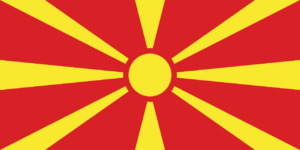
Brief historical overview: Macedonia has a long and complex history, dating back to the Middle Ages. The country was ruled by the Ottoman Empire for centuries. After the Balkan Wars in the early 20th century, the region of Macedonia was divided between Greece, Serbia, and Bulgaria. The part that became North Macedonia today was incorporated into Yugoslavia as the Socialist Republic of Macedonia. Following Yugoslavia’s breakup in 1992, the country declared independence as “Macedonia.” However, this name caused a dispute with Greece, which has a northern province also called Macedonia. To resolve the dispute, the country agreed to be internationally recognized as “North Macedonia” in 2019.
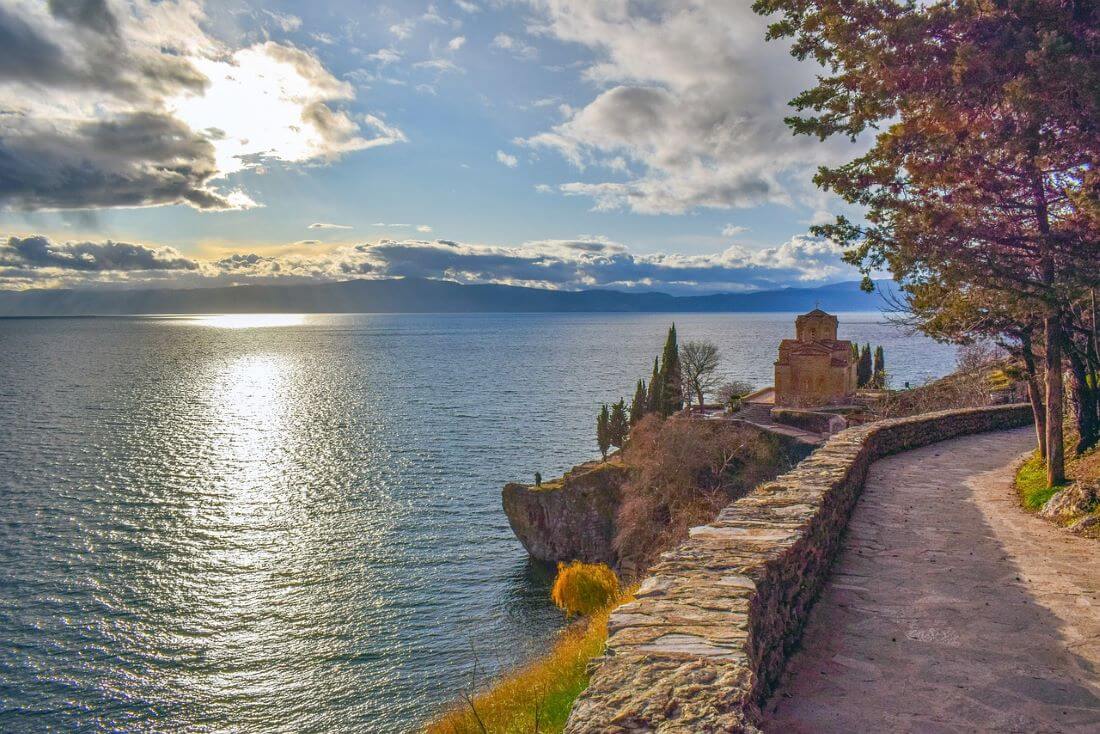
Unique aspects: North Macedonia is known for its rich historical heritage, with archaeological sites dating back to Alexander the Great. The country is also home to beautiful mountains, scenic lakes, and delicious food. A popular tourist destination is Lake Ohrid, an ancient lake known for its unique ecosystem and stunning scenery.
Montenegro
Capital city: Podgorica
Area: 13,812 km²
Population: around 620,000
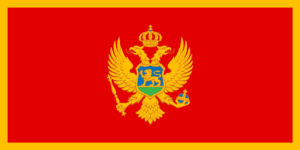
Brief historical overview: Montenegro has a long and proud history of independence. The country resisted Ottoman rule for centuries, and it was finally recognized as an independent principality in 1878. In 1918, Montenegro joined the Kingdom of Yugoslavia. After World War II, Montenegro became a republic within the SFRY. In 2006, Montenegro held an independence referendum, and the country voted to leave the union with Serbia. Today, Montenegro is a member of NATO and is a candidate for European Union membership.
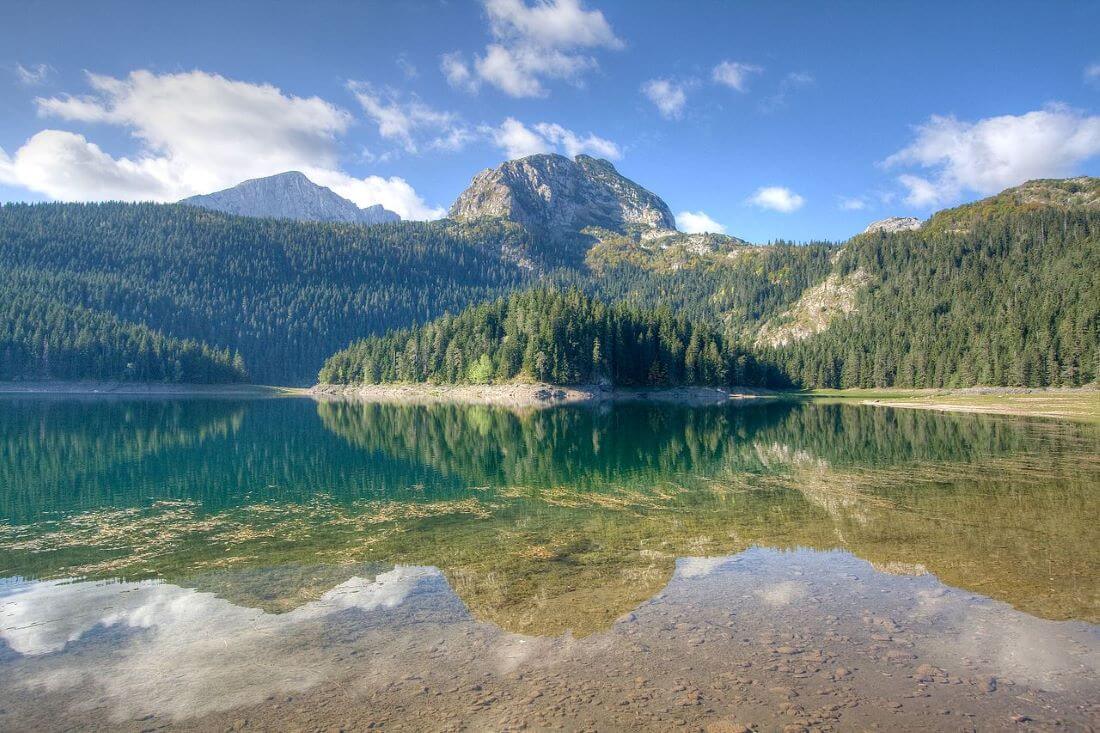
Unique aspects: Montenegro is a beautiful country with a dramatic coastline along the Adriatic Sea. The country is also home to stunning mountains, including the Durmitor National Park, a UNESCO World Heritage Site. Montenegro is a popular tourist destination for those seeking adventure activities like hiking, rafting, and skiing.
Serbia
Capital city: Belgrade
Area: 88,361 km²
Population: around 7 million
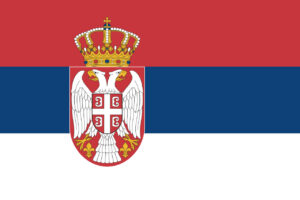
Brief historical overview: Serbia boasts a long and complex history, rooted in the Middle Ages. For centuries, it was a significant power center in the region. Notably, Serbia’s fight for independence began in 1804 with the First Serbian Uprising against the Ottomans, a pivotal moment that sparked the Serbian Revolution. This struggle culminated in the recognition of Serbia’s autonomy in 1817 and ultimately full independence in 1878 at the Congress of Berlin.
Following this hard-won independence, Serbia, then a Kingdom ruled by the Karađorđević dynasty, played a leading role in the creation of Yugoslavia in 1918. This union aimed to unite South Slavic peoples under a single banner. Serbia remained a part of Yugoslavia throughout its various iterations, until Montenegro’s secession in 2006.
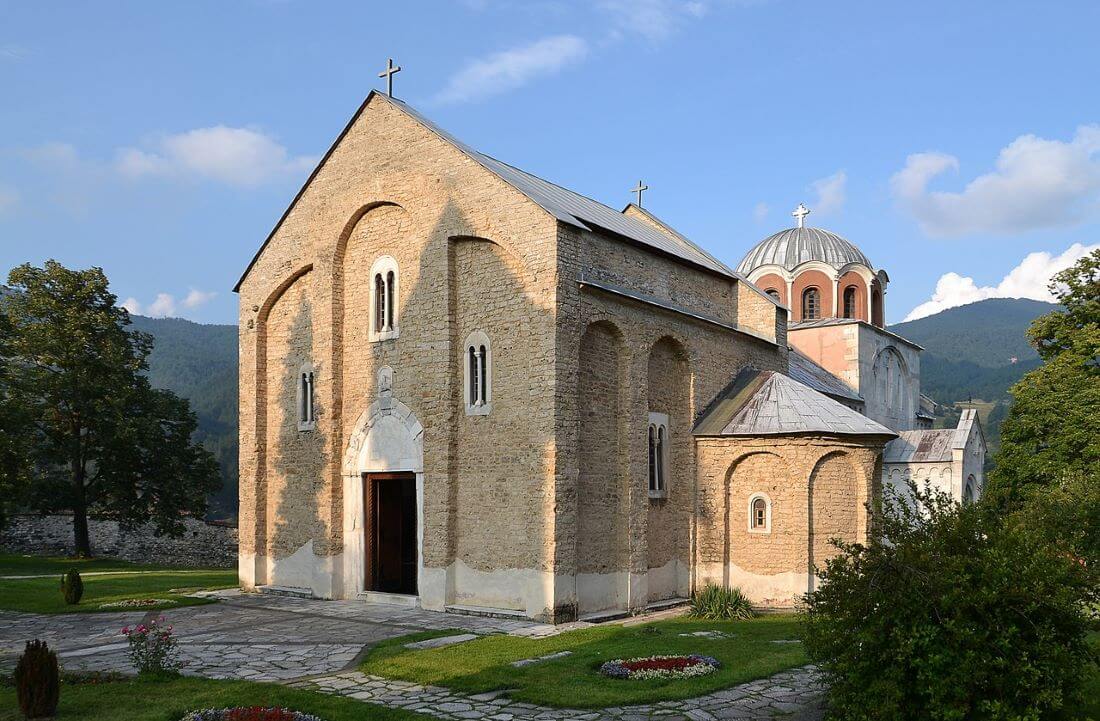
Unique aspects: Serbia is a country with a rich cultural heritage, with vibrant cities like Belgrade and Novi Sad known for their nightlife and historical sites. The country is also home to beautiful mountains and monasteries, including the Studenica Monastery, a UNESCO World Heritage Site.
Slovenia
Capital city: Ljubljana
Area: 20,273 km²
Population: around 2.1 million
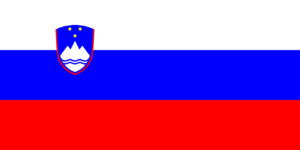
Brief historical overview: Slovenia’s rich history stretches back to the medieval Duchy of Carantania. However, for centuries, Slovenia found itself under the rule of the Habsburg Monarchy. Following World War I, Slovenia joined the Kingdom of Yugoslavia. After World War II, it became a republic within the Socialist Federal Republic of Yugoslavia (SFRY). Slovenia holds the distinction of being the first Yugoslav republic to declare independence in 1991. Slovenia achieved independence through a ten-day conflict. Today, Slovenia is a member of the European Union and is recognized as one of the most developed countries in Eastern Europe.
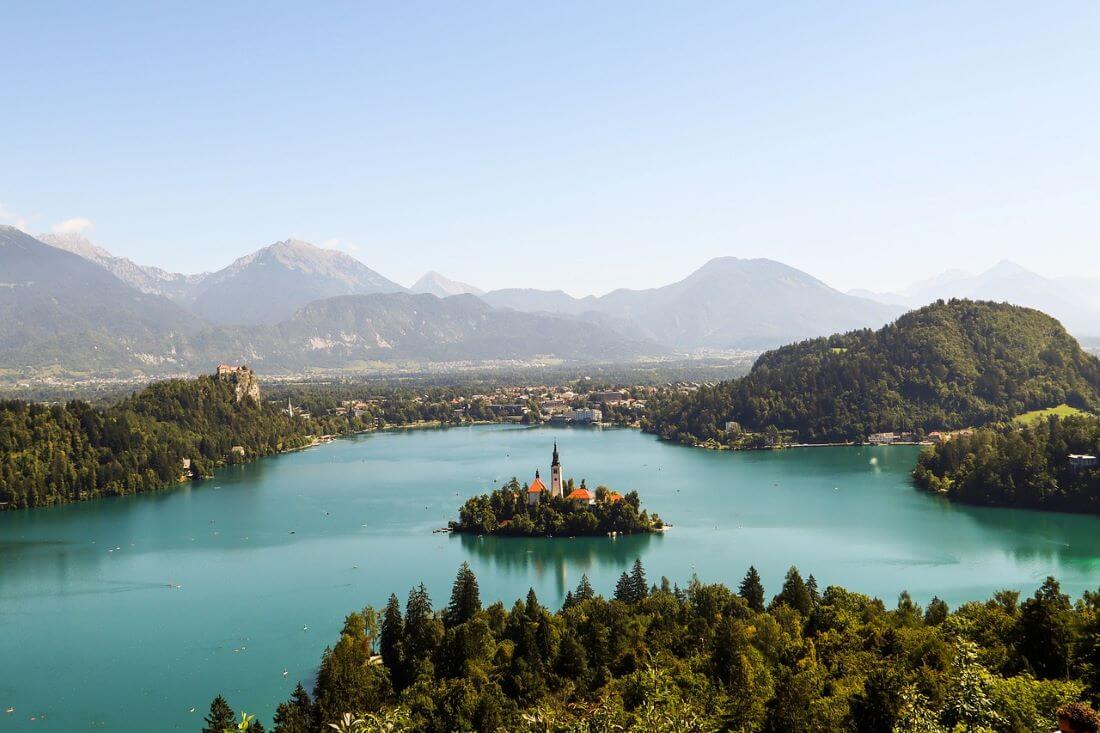
Unique aspects: Slovenia is a small country with a lot to offer visitors. The country is known for its beautiful alpine scenery, charming towns like Ljubljana, and its delicious food. Slovenia is also a popular destination for outdoor activities like hiking, biking, and skiing.
Historical Challenge: Can You Conquer the Past?
Answer more than 18 questions correctly, and you will win a copy of History Chronicles Magazine Vol 1! Take our interactive history quiz now and put your knowledge to the test!

